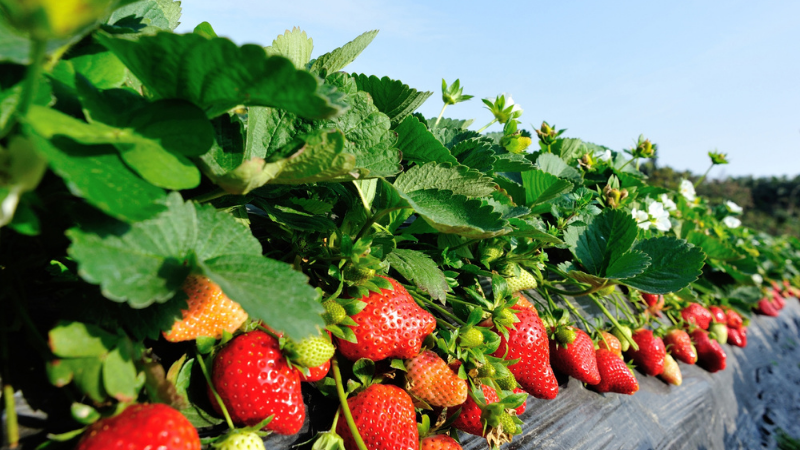Drive Agribusiness With Science And Technology
Science and technology have changed the world in ways unimaginable as recent as 25 years ago. The changes provided by new technologies have impacted our lives and provided opportunities for innovative producers. Twenty-five years ago, greenhouse-grown vegetables were a niche product primarily imported from the Netherlands and other western European nations. Today, Mexico and Canada ship more fresh market tomatoes to the U.S. using protected agriculture technologies (often labeled greenhouse grown) than they do field-grown product. The changes taking place are sometimes daunting to those reluctant to change.
Tom Sowell, an American economist, social theorist, and political philosopher may have summed it up best when he wrote: “The march of science and technology does not imply growing intellectual complexity in the lives of most people. It often means the opposite.” Paraphrasing his comment for the produce industry, it may have taken intellectual complexity to develop the science and technologies that allow us to compete, but it generally succeeds because we remove the complexity to allow the practitioners to implement and use those technologies. Also, because producers embrace and implement new technologies, consumers reap the largest benefits with higher quality products at lower prices, having no knowledge of the technology used to produce those products or the challenges producers faced.
Modern Problems
Our challenges are as great today in the produce industry as we have seen in many years. The challenges resulting from globalization, climate change, and a more sophisticated consumer dictate the use of technologies that allow us to meet increasing market demands. The produce industry was solidly behind the call for Country of Origin Labeling (COOL), but is reluctant to add GMO labeling. Consumer groups helped lead the fight for COOL, and also are leading the fight for GMO labeling. The technologies that allowed us to distinguish our products (making COOL a cost effective policy) also scare many with the other information that can be affixed to that label.
The pace of technology development is increasing with the development of tools that allow scientists to develop technologies faster, publish sooner, and extend more quickly. Producers least likely to survive are those who are reluctant to change. If the science is too complex, then your challenge is to find someone familiar with the technology to help you understand it and implement it in your operation. That is the role Extension generally fills for producers and should be your first point of contact.
Adjust Or Go Bust
The produce industry is challenged to meet increasing threats from globalization and resource management. The citrus industry faces the greatest challenge of our lifetime with greening that has already had devastating impacts on growers throughout Florida. The science is complex for understanding this disease and for developing technologies that will allow the industry to survive. They are still looking for the technology that will resolve the greening threat, and will need all hands on deck to implement change when a resolution is developed.
Water is another challenge. The drought in California highlights the fragile relationship between agriculture and resource issues. It is imperative for producers to increase efficiencies in irrigation use. Climate change is leading to more restrictive use of farming technologies we have used for decades. New technologies will be needed that allow agriculture to be a solution to climate change rather than a threat.
The relationships between agriculture and resource use are likely to become even more fragile as population continues to grow and citizens begin to understand and demand more regulation of our natural resources. We need to invest in science and technology to meet these challenges, and then be prepared to implement new technologies when they are available. Your future depends on it.










